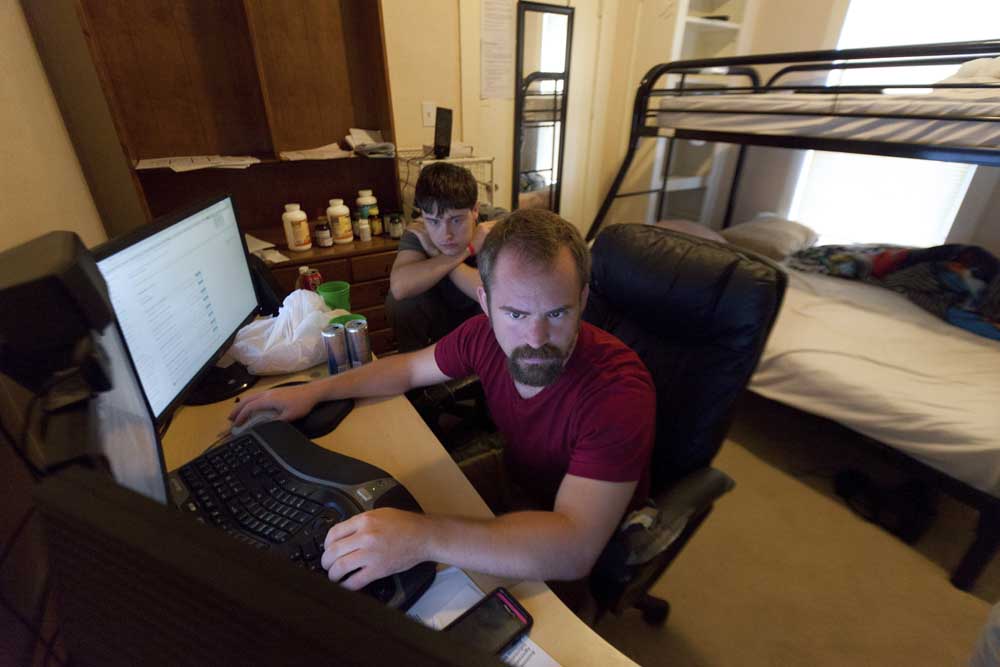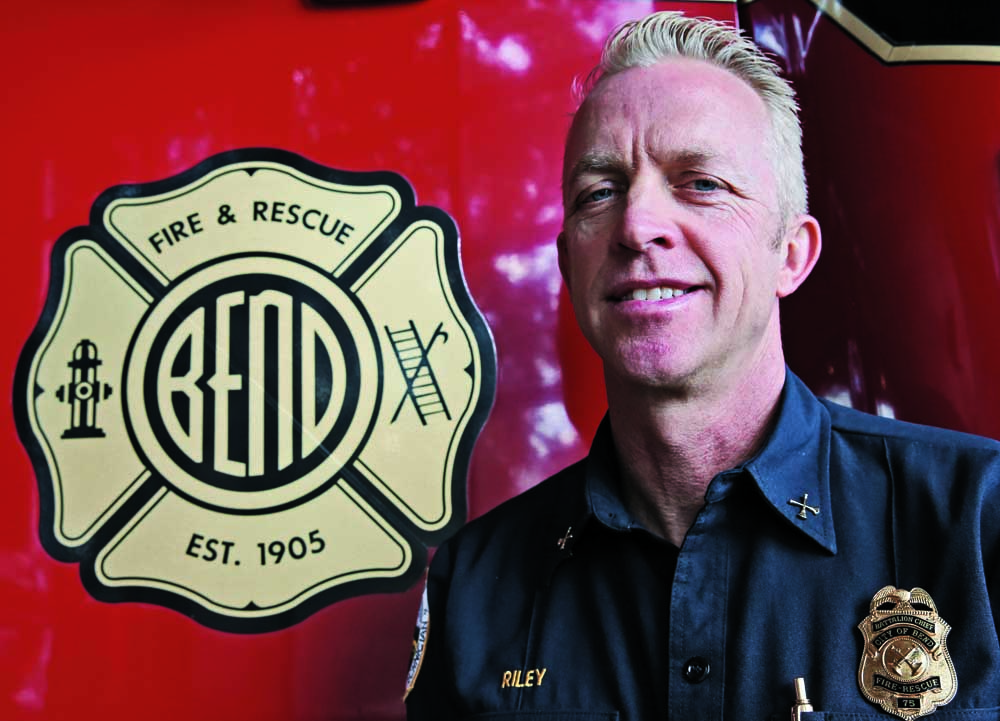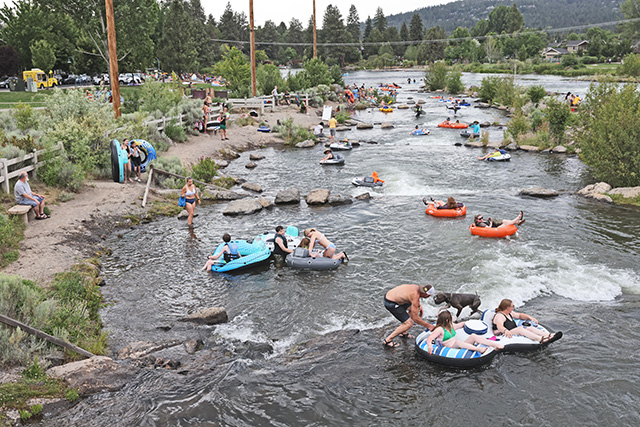Super-fast Internet — but what to do with it?
Published 12:00 am Saturday, September 6, 2014

- Dan Gill / New York Times News ServiceChristopher Baran and Bryce Lenhart, right, work in a shared house for startup companies near the Google Fiber Space in Kansas City, Missouri, last month. Kansas City and St. Louis are the first cities in the United States with blazing-fast Internet speeds courtesy of Google, but even backers admit there aren’t really any applications that take full advantage of it.
KANSAS CITY, Mo. — A team of computer programmers here set out to learn how many cute kitten photos could be downloaded in one second on their Internet network, one of the fastest in the country.
The answer: 612.
A trivial pursuit? Perhaps. But when your city has Internet capacity to spare and is not exactly a hotbed for tech startups, figuring out what you are supposed to do with all that speed is a challenge.
It has been a little more than three years since the Kansas Cities — both Kansas and Missouri — won a national competition to be the first places to get Google Fiber, a fiber-optic network that includes television and Internet running at 1 gigabit a second. That is about 100 times as fast as the average broadband connection in the United States (on which it would take about 2½ minutes to download 612 kitten photos).
But be careful what you wish for. After a few million in waived permit fees and granting Google free access to public land, the area is finding out that Google Fiber is so fast, it’s hard to know what to do with it.
There aren’t really any applications that fully take advantage of Google Fiber’s speed, at least not for ordinary people. And since only a few cities have such fast Internet access, tech companies aren’t clamoring to build things for fiber. So it has fallen to locals — academics, residents, programmers and small-business owners — to make the best of it.
“I wish there was one thing where I could be like ‘Dude, get ready, this thing is going to blow your mind,’” said Matthew Marcus, co-founder of the Kansas City Startup Village, a network of companies clustered around State Line Road, which divides Kansas City, Kansas, from Kansas City, Missouri. “But there isn’t yet.”
Still, while there isn’t yet a killer app, it isn’t for lack of trying. Ideas have ranged from installing fiber-connected cameras in high-crime areas to building a model home where entrepreneurs could test new kinds of Internet-connected appliances.
Speed is an obsession at Google. But the average connection speed in the United States is about 10 megabits per second, good for 14th in the world, according to the Internet company Akamai Technologies. That was Google’s impetus for starting Fiber, which has expanded beyond the Kansas City area to Provo, Utah, and Austin, Texas.
The company is in discussions with nine other metro areas, including Atlanta, Phoenix and Portland.
Chattanooga, Tennessee, and several other cities have fiber networks of their own, not connected with Google.
Google’s ambitions do not come without critics. Christopher Mitchell, director of community broadband networks for the nonprofit Institute for Local Self-Reliance, said he preferred Internet service to be kept under local control, as it is in Chattanooga.
“If a city has to make a choice between being dependent on Google or being dependent on a national cable company, they should be dependent on Google,” Mitchell said.
But, he added, “it’s a false choice.”
Municipal networks have less incentive to collect users’ information because they aren’t in the business of selling ads like Google is, Mitchell said. Also, instead of selling the network to another company, as Google could, cities have more control over what happens to it.
Faster Internet helps Google in lots of ways. The more time users spend searching the Web or watching YouTube videos, the more ads Google sells and the more Google services people use. The company could also use Google Fiber to test new services like household-targeted TV commercials. And some analysts have speculated that Google is building the service to prod other cable and Internet companies into increasing their speeds.
In April, AT&T said it would introduce a gigabit-speed TV and Internet service, U-verse with GigaPower, in 21 metropolitan areas in the United States. Three cities in Texas already have it: Dallas, Fort Worth and Austin.
Google won’t say how many people have signed up for its fiber service, which costs $70 a month for Internet or $120 a month for Internet and TV. There is also a free option that offers much slower broadband for a $300 installation fee. A door-to-door study commissioned by Bernstein Research and performed by Haynes & Co. found that about a third of lower-income households in fiber areas had signed up for some version of the service, along with three-quarters of the households in areas with incomes of $100,000 or more.
Kevin Lo, the general manager of Google Fiber, said the Internet giant had plenty of patience to see what percolated in the cities with its high-speed network.
“We need to encourage developers who have great ideas, but we also need to build a critical mass of people who can use those applications. You need both for the breakthroughs to happen,” he wrote in an email.







